
Provinces
The Democratic Socialist Republic of Sri Lanka (known as Ceylon until 1972) is located in the Indian Ocean between the Laccadive Sea in the west and the Bay of Bengal in the east, separated by the Palk Strait and the Gulf of Mannar from Tamil Nadu, an Indian state on the southern coast of the Indian subcontinent.

Provinces
The Democratic Socialist Republic of Sri Lanka (known as Ceylon until 1972) is located in the Indian Ocean between the Laccadive Sea in the west and the Bay of Bengal in the east, separated by the Palk Strait and the Gulf of Mannar from Tamil Nadu, an Indian state on the southern coast of the Indian subcontinent.

Provinces
The Democratic Socialist Republic of Sri Lanka (known as Ceylon until 1972) is located in the Indian Ocean between the Laccadive Sea in the west and the Bay of Bengal in the east, separated by the Palk Strait and the Gulf of Mannar from Tamil Nadu, an Indian state on the southern coast of the Indian subcontinent.
Central Province
The Central Province is located in the central hills of Sri Lanka comprising of three administrative districts:Kandy, Matale and Nuwara-Eliya. The land area of the Province is 5,575 km2 which is 8.6% of the total land area of Sri Lanka. The Province lies on 6.6°- 7.7° northern latitudes and between 80.5°-80.9° eastern longitudes. The elevation in the province ranges from 600 ft to over 6000 ft above the sea level. The province is bordered on the north by the North-Central Province, on the east by the River Mahaweli,on the south by Uma Oya and the mountain range of Adam’s Peak, Kirigalpotta and Thotapala and on the west by the mountain ranges Dolosbage and Galagedera.
Kandy is the second largest city in Sri Lanka and the main city of the Central Province as well as the Kandy District and this ancient city lies at an elevation of 465 metres (1,526 ft) above the sea level. Kandy is the last capital of the ancient kingdom in Sri Lanka. It is one of the most sacred cities in Sri Lanka because of the Temple of the Sacred Tooth Relic and also is one of the most beautiful cities in the island. The city is surrounded by verdant mountains and the lake and the adjacent Temple of the Sacred Tooth Relic add more beauty to the city.
On the north shore of the lake, which is enclosed by a parapet of white stone dating to the beginning of the 19th century, are the city’s official religious monuments, including the Temple of the Tooth, known as Dalada Maligawa and the Royal Palace. Reconstructed in the 18th century, the Dalada Maligawa is built on a base of granite that was inspired by the temples of Sri Lanka’s former capital city, Anuradhapura. Arrays of materials contribute to the richness of this temple. Throughout this small sacred city, a number of Buddhist monasteries can be found. Kandy is located in the mountainous and thickly forested interior of the island in between multiple mountain ranges including the Knuckles mountain range and the Hantana mountain range, giving the city an elevation of 500 metres above the sea level. It lies adjacent to the artificial Kandy Lake and to the south of Udawattakele Sanctuary .
Nuwara-Eliya that means “city of light” is a town in the central highlands of Sri Lanka with a picturesque landscape and temperate climate. Nuwar-Elia which is the main city of the Nuwara-Eliya District is located at an altitude of 1,868 m (6,128 ft) and is considered to be the most important location for tea production in Sri Lanka. The town is located overlooking Piduruthalagala, the tallest mountain in Sri Lanka. Due to the high altitude, Nuwara-Eliya has a much cooler climate than the lowlands of Sri Lanka, with a mean annual temperature of 16 °C. But the temperature changes and sometimes it can be as low as 3°C. In December, Januaryand February it is quite cold at night, and there can even be frost but it rapidly warms up as the tropical sun climbs higher during the day.
The city was founded by Samuel Baker, the discoverer of Lake Albert and the explorer of the Nile in 1846. The climate of Nuwara-Eliya made it the prime sanctuary of the British civil servants and planters in Ceylon and it was called Little England then and it was also the hill country retreat of the British colonialists. Here they immersed in their leisure such as fox, deer and elephant hunting and also in polo, golf and cricket.
Though the town was founded in the 196 century by the British, the whole district is today visited by native travellers, especially during the month of April, the season of flowers, pony races, go-cart races and auto rally. Many of the buildings retain features from the colonial period such as the Queen’s Cottage, General’s House, Grand Hotel, Hill Club and Post Office and even new hotels are often built and furnished in the colonial style. Anyone who visits the city can stumble in its memories of bygone days by visiting these landmark buildings. Many private homes still maintain their old English-style lawns and gardens.
The town comes alive in April for the Sinhala and Hindu New Year, and it is hard to find lodging as Sri Lankans holiday in the region during this period. The festive season starts on April 1st in a festive manner consisting of a band show in which all the local school bands take part.
Main attractions during April season include the numerous motor racing and horse racing events. Motor racing comes alive with the Mahagasthota and Radella Hill Climbs, the former started in 1934. The Nuwara-Eliya Road Race and the 4X4 Lake Cross on the edge of the Lake Gregory attract a fair share of enthusiasts. Parties are held nightly in the hotels, and the season ends with the nine furlong (1811 m) Governor’s Cup, Golf Tournament and flower shows are held at the end of the month. The town’s attractions include the golf course, trout streams, Victoria Park, and boating on Lake Gregory. Victoria Park in the precincts of the town is an attractive and well-used oasis. It is popular with birdwatchers at quieter times to see various species, particularly the Indian Blue Robin, Pied and Scaly Thrush and the Kashmir Flycatcher in the denser undergrowth. Galway’s bird sanctuary is close to Lake Gregory.
The town is a base for visits to the Horton Plains National Park. This is a key wildlife area of open grassy woodland. Species found here include the Leopard, Sambar, and the endemic Purple-faced Languor. The endemic highland birds include the Dull-blue Flycatcher, Sri Lanka White-eye, and Yellow-eared Bulbul. The slow-growing tea bushes of this highland region produce some of the world’s finest tea, and several tea factories around Nuwara-Eliya offer guided tours and the opportunity to sample or purchase their products. One of the distinctive features of Nuwara-Eliya’s countryside is the widespread growing of vegetables, fruits and flowers usually associated with temperate Europe. A grave stone of one of the Britishers is located in the very corner of the golf grounds. He was infamous for elephant hunting and he killed nearly 1500 elephants. It says that every year, his gravestone is struck by lightning for the great sin he committed. At present this place is not open for the visitors.
Another place related to folklore is the Hindu Temple dedicated to `Seetha’, wife of Rama located in the village called “Seetha Eliya” which is on the way to Badulla from Nuwara-Eliya before reaching the Hakgala Botanical Gardens. The temple is related to the Ramayana story in Hinduism. There is also a church called the Holy Trinity Church on Church Road, which has an old graveyard and most of the gravestones have British names embossed.
Matale District portrays the northern part of the Central Province. Matale district is enriched with many minerals. The mountain ranges basically contain with Chan kite. This basic stone makes Anticlines and Synclines complex structures with the effect of time and inner earth. For this, the best example is the Knuckles mountain range. The mountain range contains eroding stones. This situation leads to severe landslides in that area.
There are several mountain peaks like Sigiriya Dambulla and Beliyakanda that are historically important and their altitude is 500-1000 feet. The major tanks are Kandalama and Dewahuwa, while Inamaluwa, Talkote and Sigiriya are minor tanks. Kalawewa and Minneriya of the North Central Province are fed by tributaries from Matale District. Sudn Ganga which flows through the city adds beauty to it. The tributaries from the peaks constantly supply water to most of the paddy fields.
Laggala mountain range is a special feature in the eastern bound of the knuckles Mountain Range. This region contains three parallel mountain ranges. The district experiences both monsoons. But the north-east monsoon is heavier than the south-west monsoon. As the Knuckles Mountain Range is rich in biodiversity, it is considered as a national heritage of the country. “Small World’s End” is located in Pitawala. Laggala, Kaluganga and Hattota-amuna consist of gem pits. Wariyapola and Kaikawala are famous for mica while Talagoda and Rattota are famous for ceramics and also for lime and granite industry. A 3000 years old dead body was found near Ibbankatuwaa.
The current population of Matale is more than 400,000, and majority is Sinhala Buddhists living harmoniously with the minorities. The main cities of the district are Matale, Dambulla, Galewela and Rattota. Main income source is agriculture while paddy becomes the main crop of the district. In addition to that the minor export crops and vegetables are also grown in the district and also there are several large scale tea factories. Paddy is mostly cultivated with irrigated water in Dambulla and Wilgamuwa areas.
Several historically important places such as Sigiriya, Dambulla Cave Temple, Aluvihare , Kawatayamuna Temple, Sri Muthumari Amman Kovil, St Anthony’s Church — Wahakotte, Nalanda Gedi-ge, Lakegala, Knuckles Mountain and Wasgamuwa National Park add beauty to the district.
-
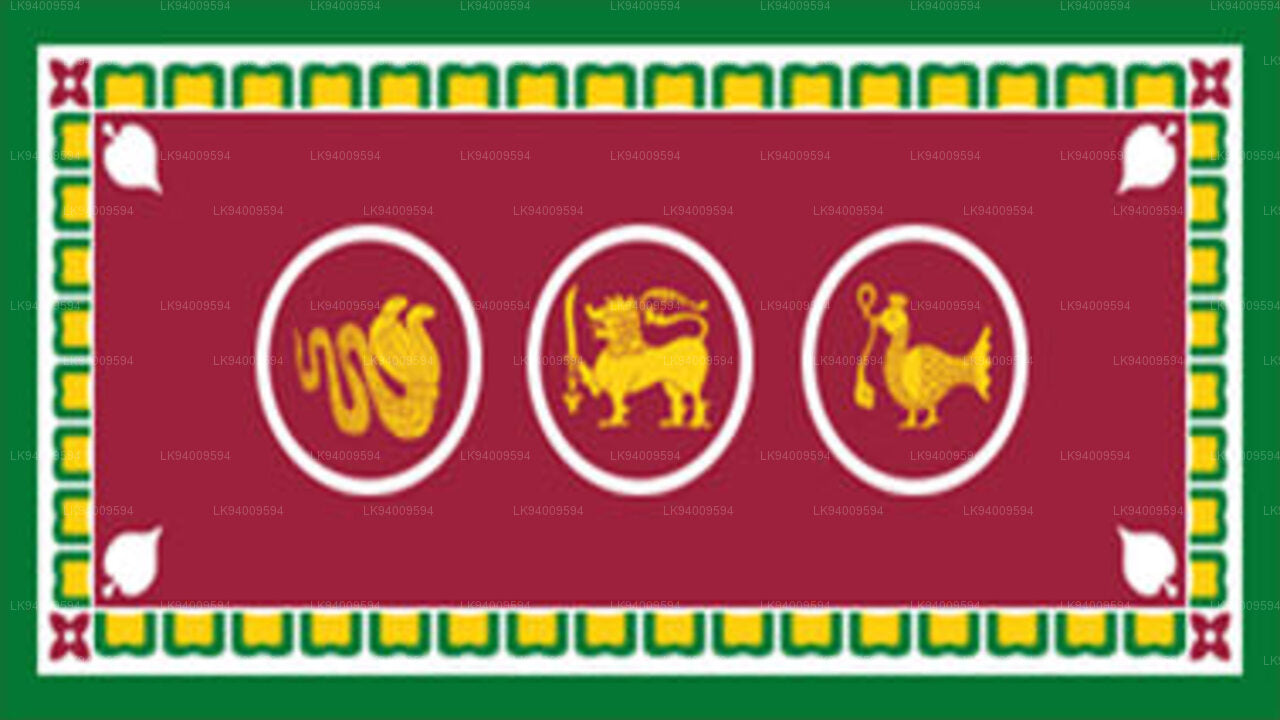 Western Province
Western ProvinceThe most densely populated province of Sri Lanka, the Western Province which is 3,593 km2 in extent is home to the country’s legislative capital Sri Jayewardenepura. It is also home to the country’s commercial hub, Colombo.
-
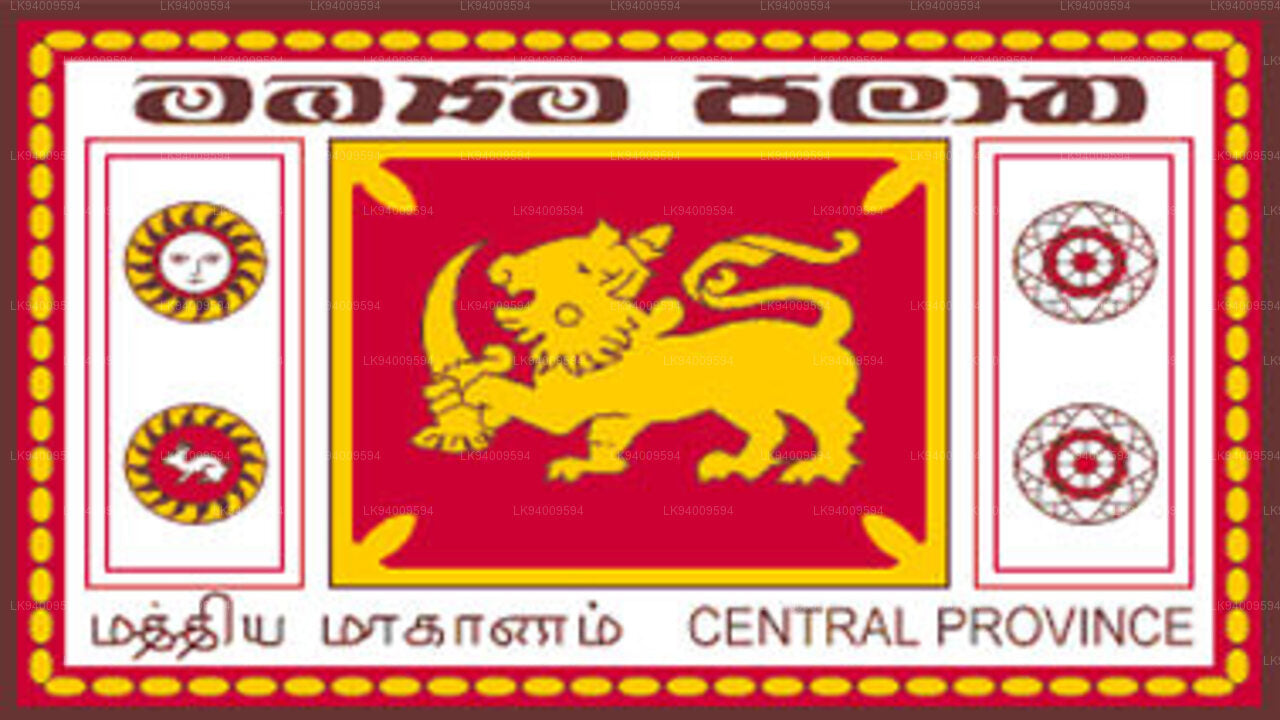 Central Province
Central ProvinceThe Central Province is located in the central hills of Sri Lanka comprising of three administrative districts: Kandy, Matale and Nuwara-Eliya. The land area of the province is 5,575 km2 which is 8.6% of the total land area of Sri Lanka.
-
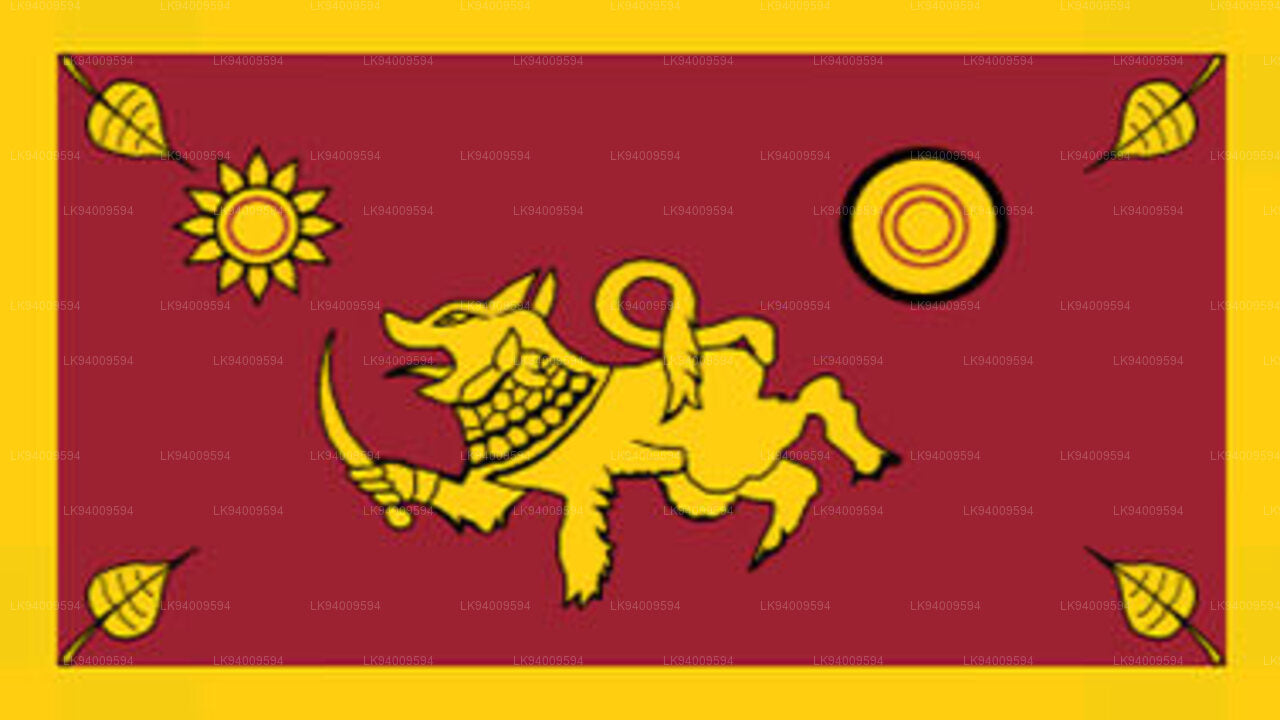 Southern Province
Southern ProvinceThe Southern Province of Sri Lanka is a small geographic area consisting of three districts: Galle, Matara and Hambantota. Farming and fishing are the main sources of income for the vast majority of the people in this region.
-
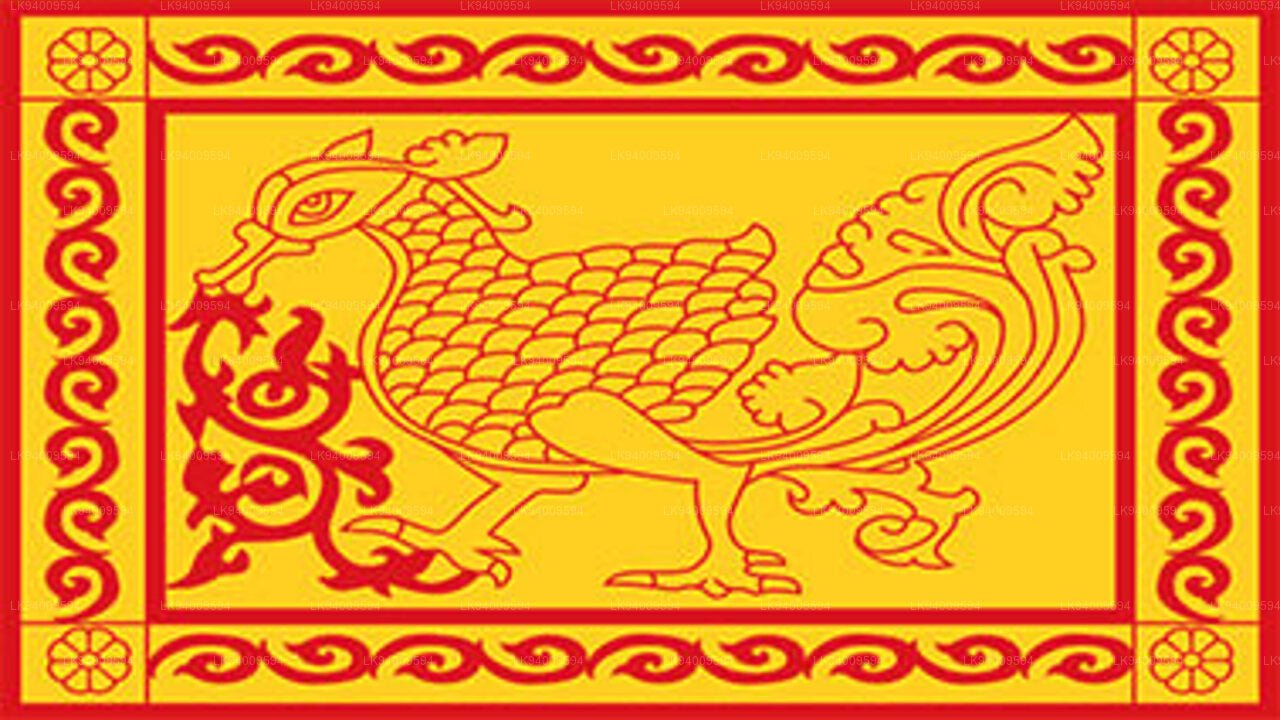 Uva Province
Uva ProvinceThe Uva Province consists of two districts: Badulla and Moneragala while the capital of the province is Badulla. Uva is bordered by the Eastern, Southern and Central provinces.
-
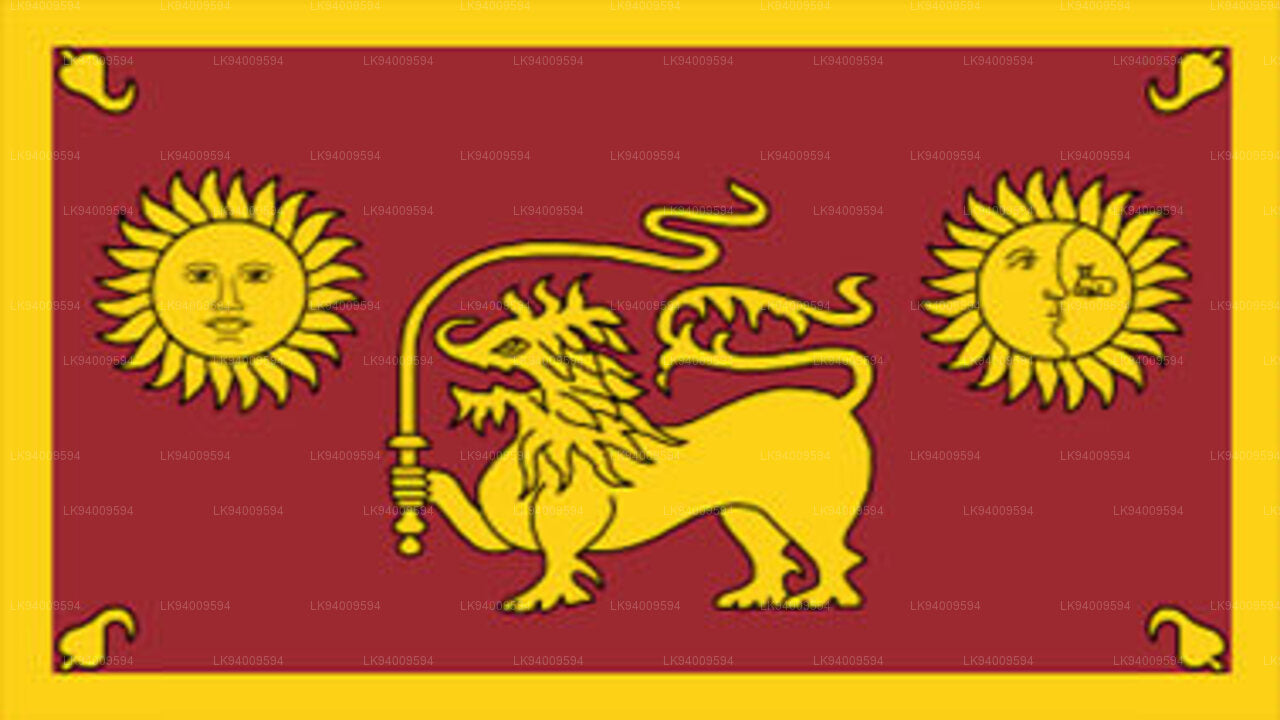 Sabaragamuwa Province
Sabaragamuwa ProvinceSabaragamuwa is yet another province of Sri Lanka, located in the south-central region of the island and is comprised of two administrative districts: Ratnapura and Kegalle.
-
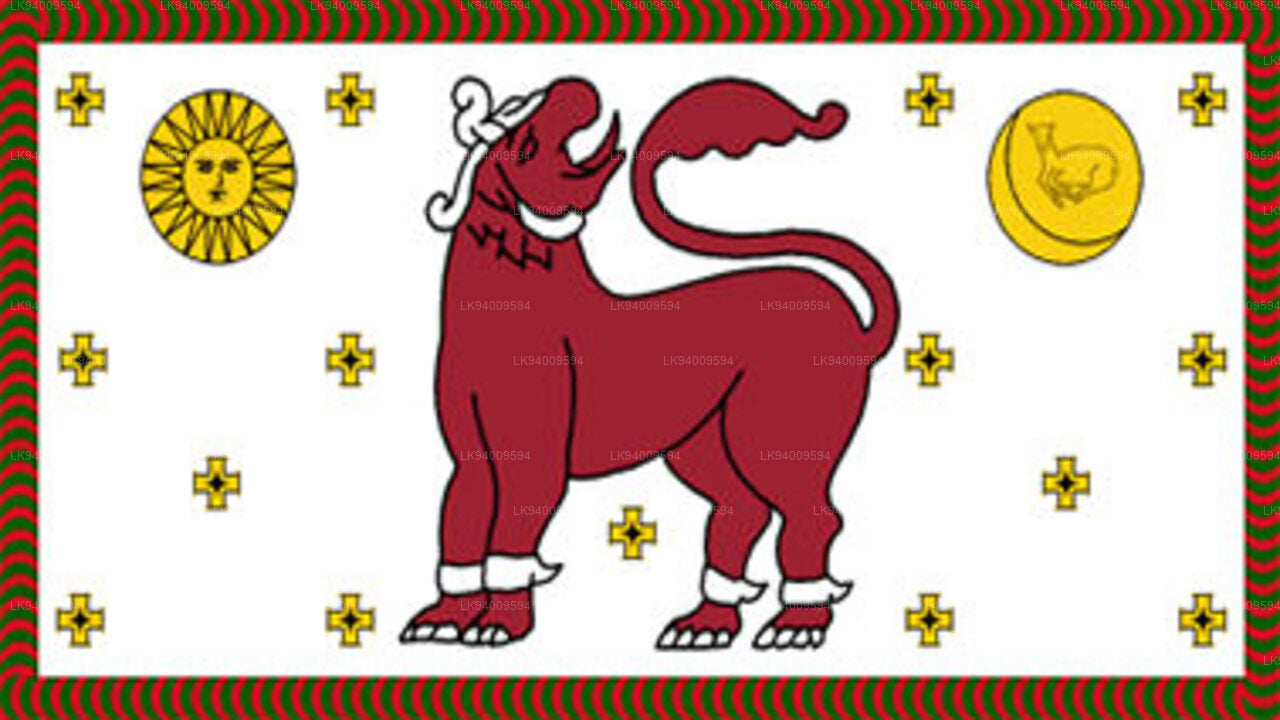 North Western Province
North Western ProvinceNorth Western Province is comprised of two administrative districts viz. Kurunegala and Puttalam. The provincial capital is Kurunegala that has a population of 28,571. The province is well known for its coconut plantations.
-
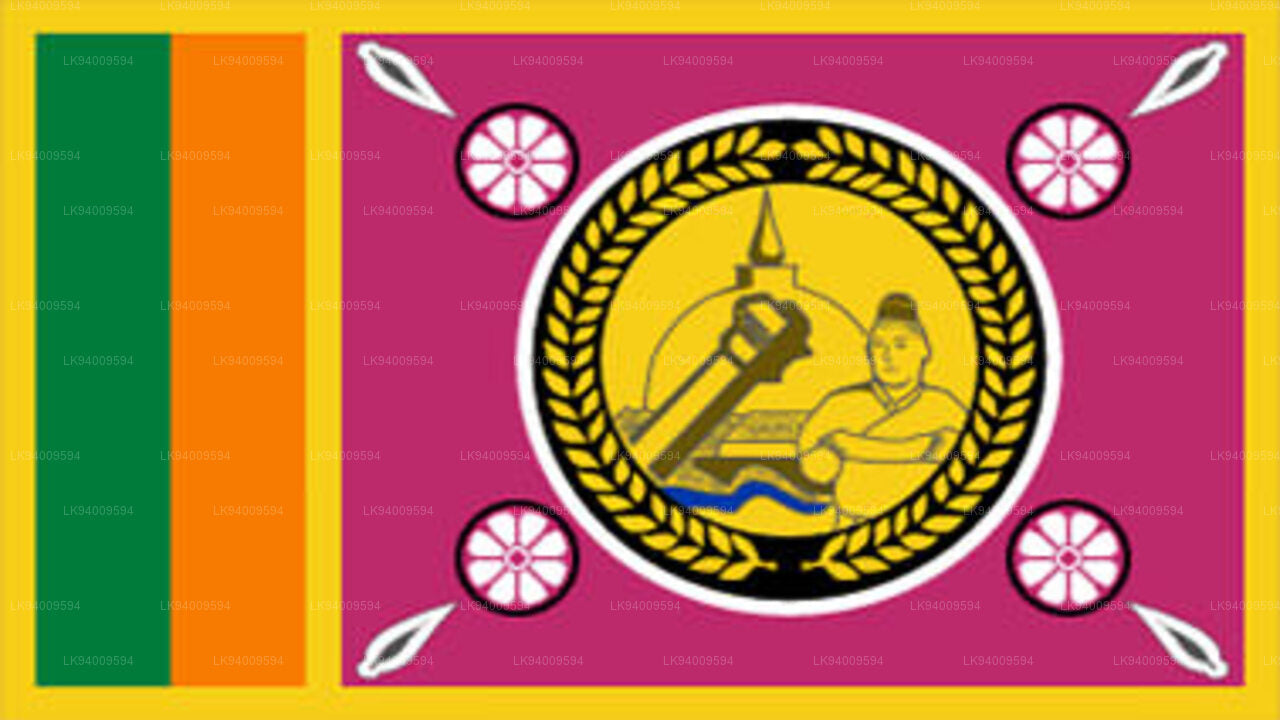 North Central Province
North Central ProvinceThe largest province of Sri Lanka, located in the dry zone being 10,714 km2 in extent, the North Central Province that consists of two administrative districts viz. Anuradhapura and Polonnaruwa,
-
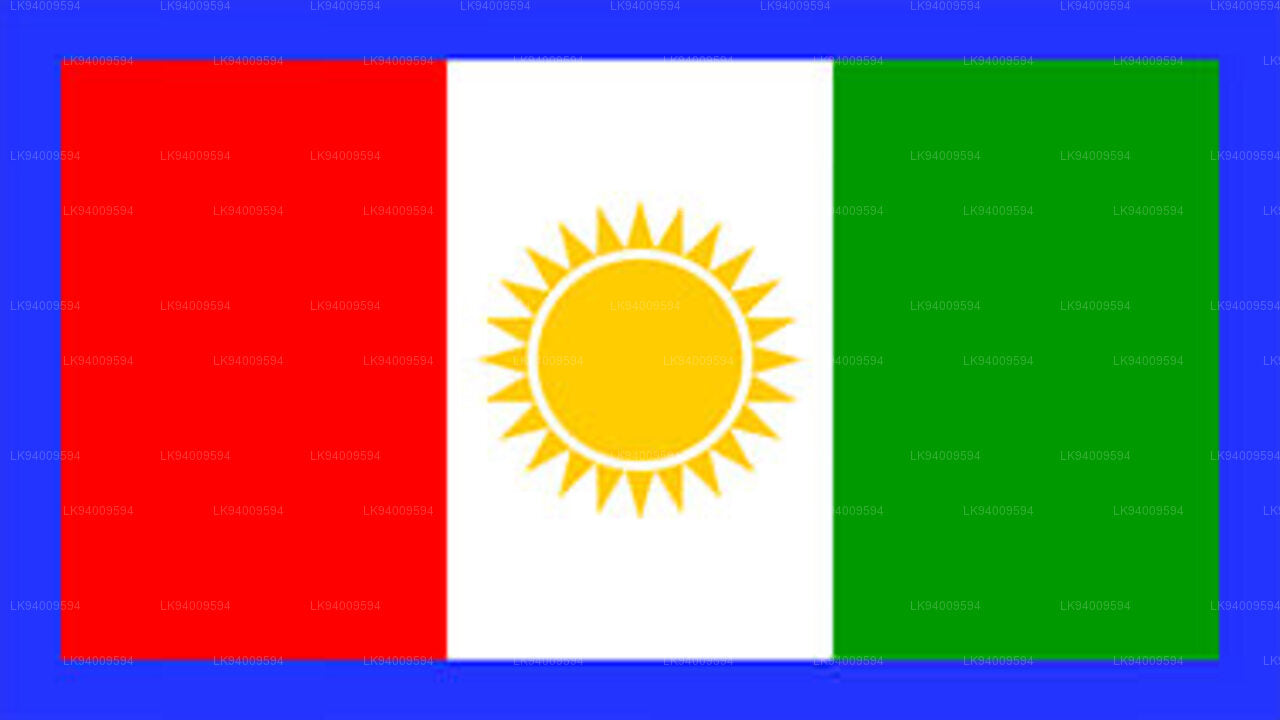 Northern Province
Northern ProvinceThe Northern Province is located in the north of Sri Lanka just 35 km from India. It has a land area of 8,884 km’. The province is surrounded by the Gulf of Mannar and Palk Bay to the west, Palk Strait to the north west, the Bay of Bengal to the north and east and the Eastern, North Central and North Western provinces to the south.
-
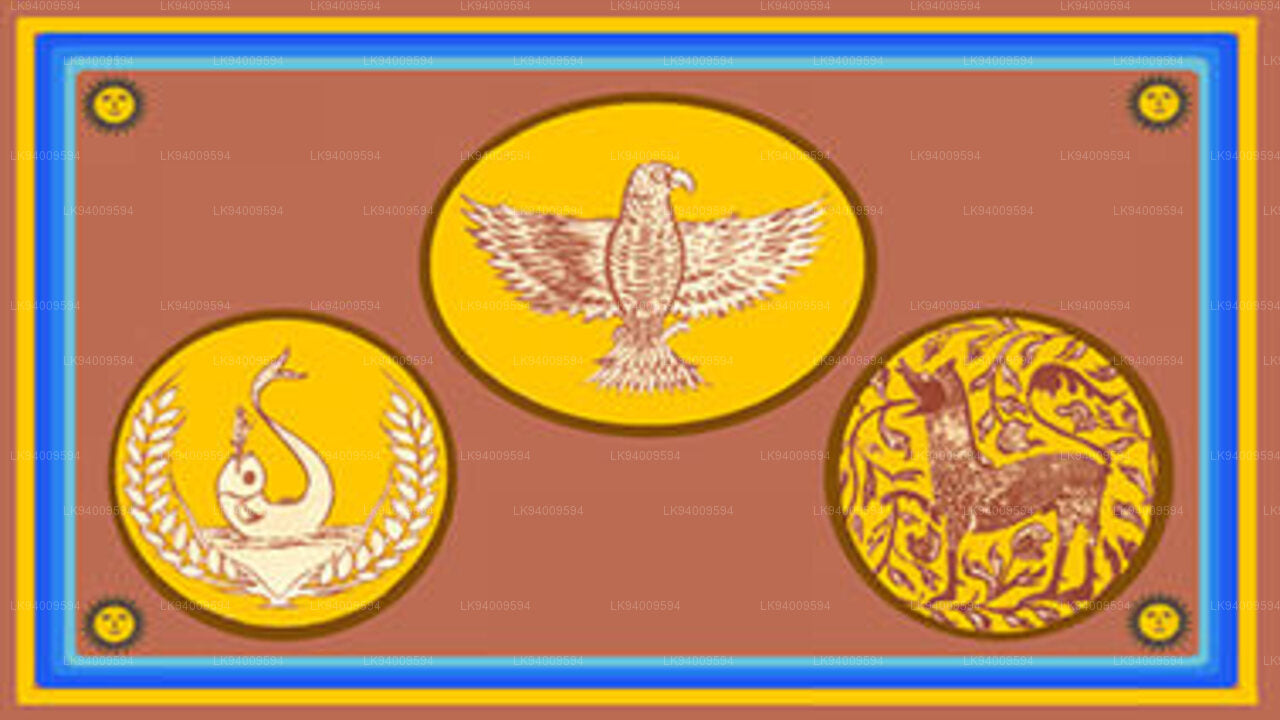 Eastern Province
Eastern ProvinceAnother province of Sri Lanka mostly known for its golden beaches and the natural harbour, the Eastern Province which is 9,996 km2 in extent consists of three administrative districts namely Trincomalee, Batticaloa and Ampara.













